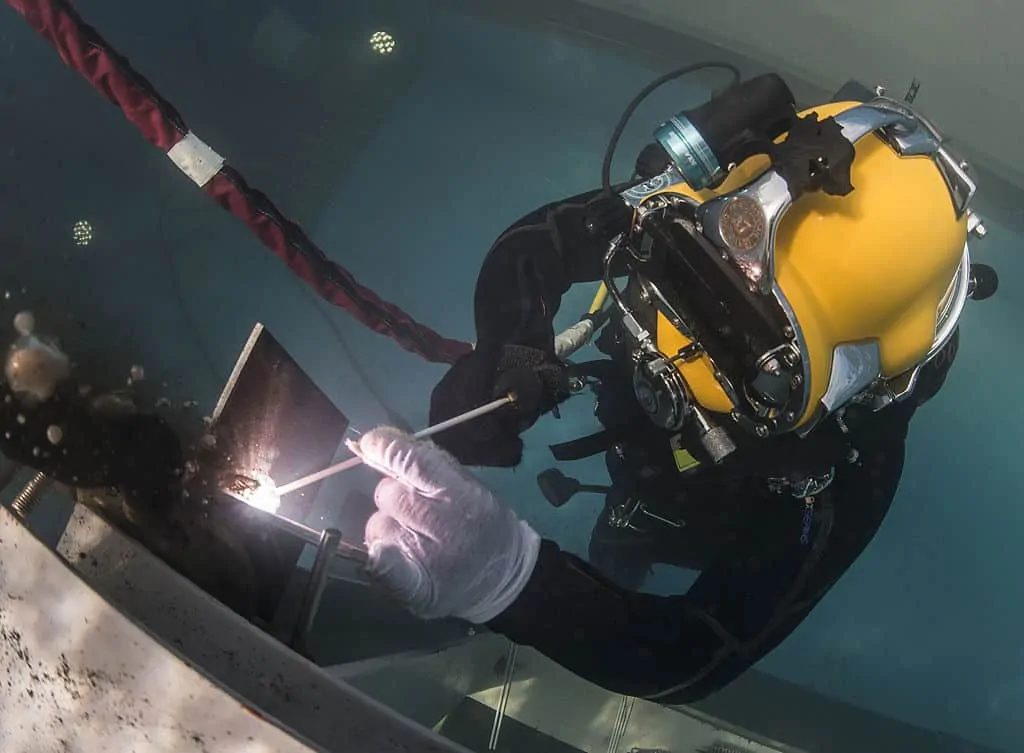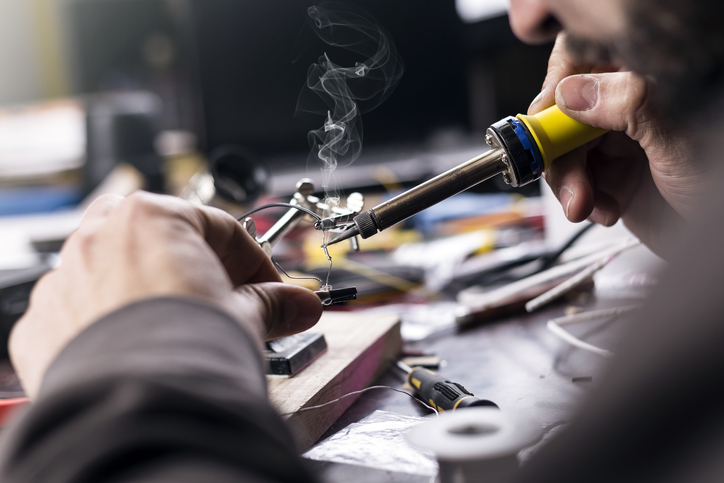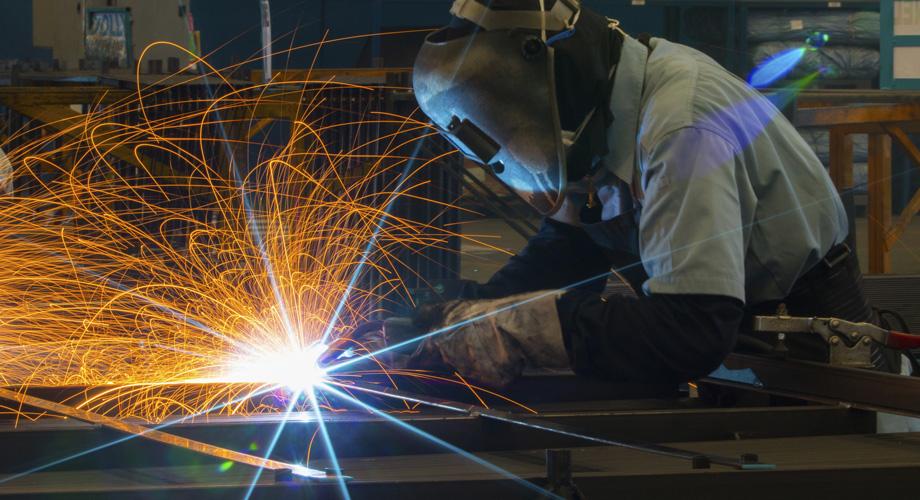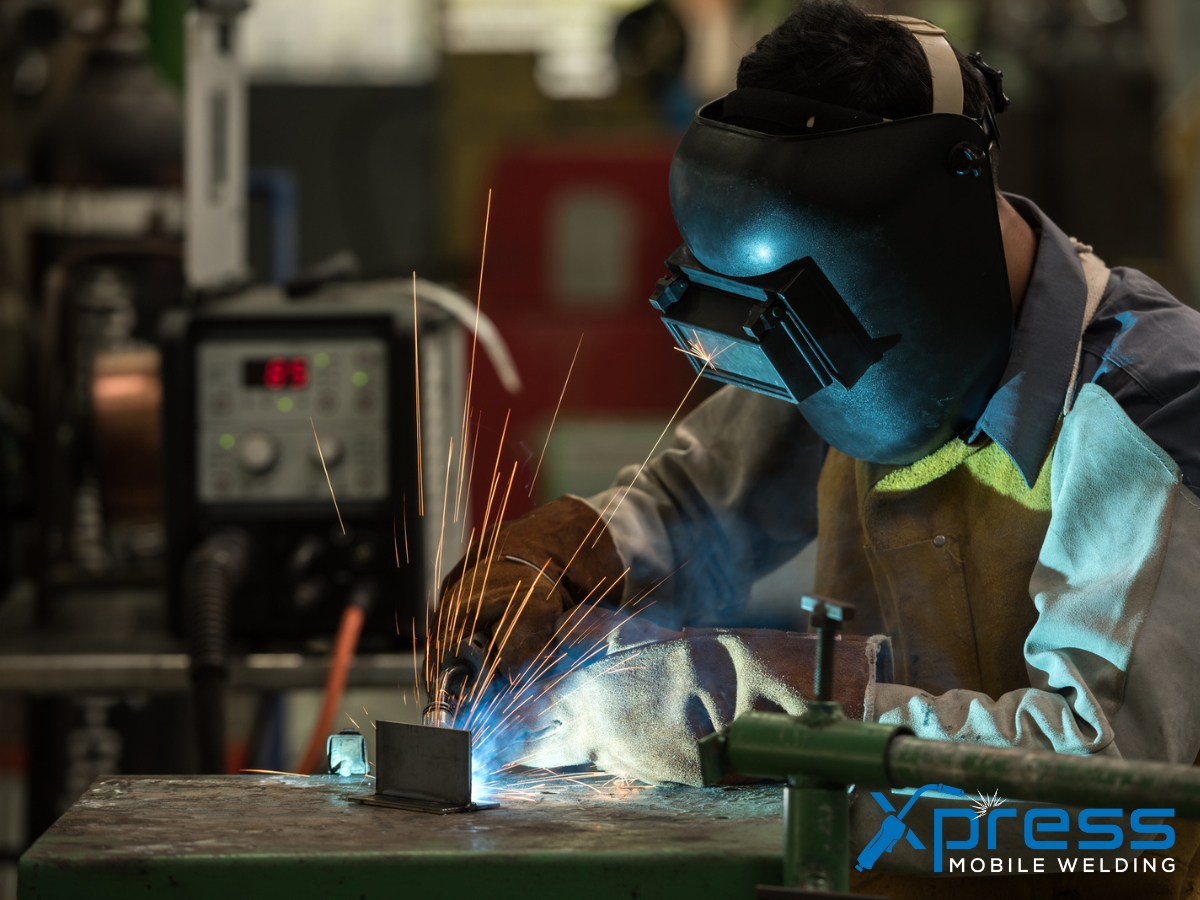
Welding Tips That Will Transform Your Craftsmanship Overnight!
Introduction
In the metalworking world, welding is an art form as much as it is a skilled trade. Whether you're a hobbyist working on personal projects or a seasoned professional in custom metal fabrication, the right tips and techniques can elevate your craftsmanship to new heights. If you’ve ever found yourself wondering how to improve your welding skills overnight, look no further! This article, "Welding Tips That Will Transform Your Craftsmanship Overnight!", aims to provide you with practical advice, insights from professionals, and essential techniques that will have you welding like a pro in no time.
Welding Tips to Elevate Your Skills
1. Understand the Basics of Welding Techniques
When diving into the world of welding, it’s crucial to grasp the fundamental techniques. These include MIG (Metal Inert Gas), TIG (Tungsten Inert Gas), and Stick welding.
- MIG Welding: This is often considered one of the simplest forms of welding for beginners due to its speed and ease of use.
- TIG Welding: More advanced but offers greater control, making it ideal for aluminum welding and intricate designs.
- Stick Welding: A versatile method that works well outdoors and on rusty or dirty metals.
Understanding these techniques will help you determine which method suits your project best.
2. Invest in Quality Equipment
While it's tempting to go for budget-friendly options when starting out, investing in high-quality equipment can make a massive difference in your results. High-quality welders provide better arc stability and thus better welds.
| Equipment | Recommended Brands | |----------------|-------------------------| | Welders | Miller Electric, Lincoln Electric | | Helmets | 3M Speedglas, Jackson Safety | | Gloves | Tillman, Revco |
Remember that your equipment is an extension of your skillset!
3. Master the Art of Preparation
Preparation is key in any craft; welding is no exception. Cleanliness plays an integral role in achieving strong welds.
Cleaning Your Metal
Before starting any project:
- Remove rust, paint, or debris.
- Use a wire brush or grinder for thorough cleaning.
This simple step can drastically improve the quality of your welds.
4. Choose the Right Filler Material
The choice of filler material affects not only the strength but also the appearance of your finished product. Different materials require different types of filler rods:
- For aluminum welding, use ER4047 or ER5356 rods.
- For stainless steel projects, consider using ER308L rods.
Selecting appropriate filler materials will ensure compatibility with your base metals.

5. The Importance of Proper Technique
Using proper technique can be a game-changer in achieving clean and strong welds:

Angle Matters
- Maintain a 15° angle between the workpiece and the electrode.
This ensures better penetration and helps avoid issues like undercutting.
Travel Speed
Adjusting your travel speed according to material thickness can significantly impact bead quality.
6. Control Your Heat Settings
One common mistake among novice welders is not controlling their heat settings effectively:
- Too much heat can lead to burn-through.
- Too little heat can cause poor fusion.
Finding that sweet spot requires practice but pays off immensely!
7. Practice Makes Perfect: Consistency Is Key
Like any skill, practice is vital for improvement:
- Set aside dedicated time each week for practice.
Consider replicating complex projects that challenge you while refining your skills.
Advanced Welding Tips That Will Transform Your Craftsmanship Overnight!
8. Understanding Aluminum Welding Challenges
Aluminum presents unique challenges due to its thermal properties:
- Aluminum heats up quickly; thus managing heat input becomes crucial.
Employ pre-heating methods if necessary!
9. Using Backing Bars for Thin Materials
When working with thin sheets:
- Use backing bars to prevent burn-through while performing welds.
Backing bars support molten metal during cooling phases.
10. Utilize Proper Ventilation When Welding
Safety should always come first! Ensure adequate ventilation when working with toxic fumes generated during welding processes:
Here are some effective ventilation options:
Taking these measures protects not only you but also anyone nearby.
11. Experiment with Different Joint Designs
Different joint designs can enhance structural integrity and aesthetic appeal:
Common Joint Designs Include:
Experimenting with various designs expands capabilities beyond basic functions!
12. Pay Attention to Post-Weld Treatment
After completing a project:
Post-weld treatment helps achieve professional-looking results!
Tips for Custom Metal Fabrication Projects
13. Planning Is Everything in Custom Metal Fabrication
Before diving into fabrication:
14. Select Appropriate Materials Based on Project Needs
Choosing suitable materials depends on factors such as strength requirements and environmental conditions:
Common Materials Used Include:
| Material Type | Applications | |-------------------|----------------------------------| | Steel | General construction | | Stainless Steel | Corrosion-resistant applications | | Aluminum | Lightweight structures |
Understanding material properties helps optimize design choices!
15. Embrace Digital Fabrication Techniques
With advances in technology:
- Consider incorporating digital fabrication tools like CNC machines into your workflow!
These machines enhance precision while minimizing human error during cuts!
FAQs About Welding Tips
Q1: What are some beginner-friendly welding tips?
A1: Start by practicing basic techniques like MIG welding; ensure cleanliness when preparing materials; invest in good safety gear!
Q2: How do I choose between TIG versus MIG welding?

Q3: Do I need special equipment for aluminum welding?
A3: Yes! Use high-frequency TIG equipment designed specifically for aluminum along with compatible filler rods like ER4047 or ER5356.
Q4: Can I learn welding through online resources?
A4: Absolutely! There are countless tutorials available online covering various aspects—from basics all through advanced techniques.
Q5: Why is post-weld treatment important?
A5: Post-weld treatment enhances both structural integrity and visual appeal—important if aesthetics matter!
Q6: What safety precautions should I take while welding?
A6: Always wear protective gear including helmets & gloves; ensure proper ventilation; keep fire extinguishers accessible at all times!
Conclusion
Becoming a master welder doesn’t happen overnight—but implementing these welding tips will undoubtedly accelerate your journey towards exceptional craftsmanship! From understanding basic techniques to mastering custom metal fabrication projects—and everything in between—these insights contribute greatly toward honing skills effectively over time!
So why wait? Dive right into it today! With dedication backed by expert knowledge shared here within "Welding Tips That Will Transform Your Craftsmanship Overnight!", you'll soon see remarkable improvements reflected in both quality & efficiency across all future endeavors—all while enjoying every moment spent behind those gloves!